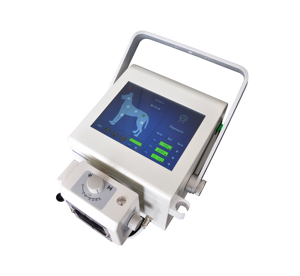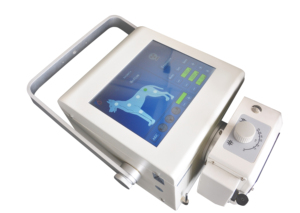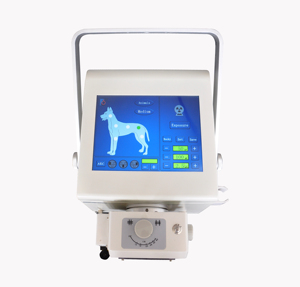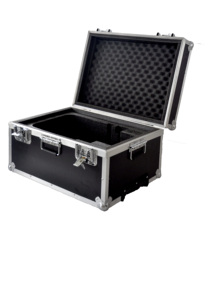Understanding Radiologic Diagnosis
Radiologic diagnosis is a critical field in medical imaging that involves using various imaging techniques to identify and analyze diseases. This advanced diagnostic approach enables healthcare professionals to visualize the internal structures of the body, facilitating early detection and management of medical conditions. Radiologic diagnosis encompasses various modalities, including X-rays, CT scans, MRI, and ultrasound, each playing a unique role in patient care.
Types of Radiologic Diagnosis
Radiologic diagnosis comprises several imaging techniques, each suited for specific clinical applications:
- X-rays: The most common and widely used imaging type that provides quick images of bones and certain types of tissues for detecting fractures, infections, and tumors.
- Computed Tomography (CT) Scans: Offers detailed cross-sectional images of the body, assisting in the comprehensive evaluation of complex conditions like cancers and internal injuries.
- Magnetic Resonance Imaging (MRI): Utilizes strong magnetic fields and radio waves to produce detailed images of soft tissues, making it invaluable for brain, spinal, and joint examinations.
- Ultrasound: Employs high-frequency sound waves to create real-time images of soft tissues and organs, commonly used in obstetrics and detecting fluid collections.
Function and Features of Radiologic Diagnosis
The primary function of radiologic diagnosis is to provide comprehensive insights into the patient's health status. The features that make radiologic diagnosis essential include:
- Non-Invasive Techniques: Most imaging modalities are non-invasive, which means they do not require surgical intervention, preserving patient safety while allowing for accurate assessments.
- Advanced Imaging Technology: Utilizing state-of-the-art technology increases the precision and reliability of the diagnoses, leading to effective treatment plans.
- Real-Time Imaging: Certain modalities like ultrasound provide real-time imagery, allowing physicians to monitor conditions actively and make immediate decisions.
- Contrast Enhancement: Techniques such as CT and MRI allow for the use of contrast agents, which enhance the visibility of specific structures or abnormalities within the body.
Applications of Radiologic Diagnosis
The applications of radiologic diagnosis extend beyond mere detection; they play a pivotal role in various medical fields:
- Oncology: Radiological imaging is fundamental for identifying tumors, staging cancers, and monitoring treatment responses.
- Traumatology: Radiologic diagnosis assists in quickly assessing injuries following accidents, ensuring timely intervention for fractures and internal bleeding.
- Cardiology: Imaging techniques help visualize heart structures, identify cardiovascular diseases, and assess blood flow.
- Orthopedics: Often used to diagnose bone-related issues, including fractures, arthritis, and joint disorders, through precise imaging.








































